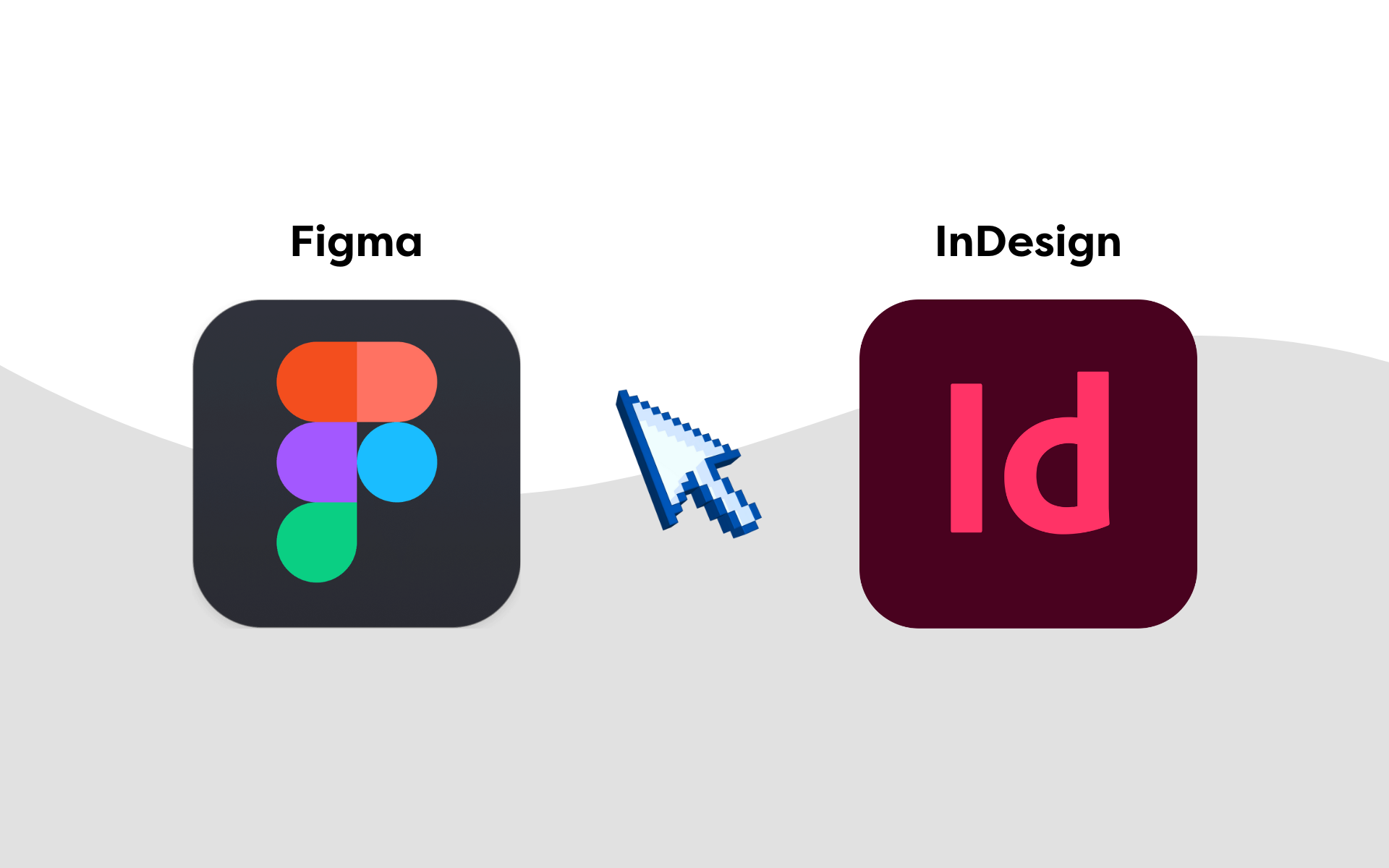Finding new ideas to fill your blog can be challenging, particularly if you’ve already covered a lot. If it feels like there can’t possibly be anything left to write about, take heart in the fact that all writers feel like this at times.
In this article, I will share my top research methods for finding new blog ideas. They won’t all apply to your industry or product, but you’ll quickly discover what works for you.
Before you begin, remind yourself why you’re writing anything at all. If you’re clear about what you’re trying to achieve, you’ll stand a better chance of finding blog post ideas to help you meet these objectives.
1. SEMrush/ keyword research tool
I use SEMrush for this one, but most keyword research tools have similar functionality. It requires you to have done some keyword research already – or at least have an idea of the topic you want to write about.
Start by using the keyword magic tool to find search data on a term related to your topic. For example, if you want to write about ‘sofa beds’, use this as a jumping-off point to start your research.
SEMrush allows you to look at the questions people are asking related to your search term. This can be a gold mine for blog titles!
I came up with this piece on how to make a sofa bed more comfortable using a question I found in the search data for ‘sofa beds’. It had a relatively good search volume and low keyword difficulty score – perfect!

2. Trade bodies and industry groups
Trade bodies and industry groups are often overlooked as a source of new blog titles, but it’s my go-to for blog clients at Marketing Labs.
It’s a rich source of information written by experts who understand the challenges faced by the people they represent. That’s exactly the kind of thing you need to know so you can write blogs that help solve a problem, answer a question, teach, and inspire!
It might take some digging to find your industry’s trade bodies and consumer groups, but stick with it because it will bear fruit.
There’s nothing wrong with finding inspiration in other people’s blog posts, but never directly copy anything you’ve read. It will damage your credibility and negatively impact your SEO efforts.
3. You – and your colleagues
Have you considered asking your colleagues in customer-facing roles if they have any blog post ideas? If you really want to know what makes your readers tick, their insight is invaluable.
Look for trends in the sorts of questions your colleagues are asked frequently. By taking the time to understand your audience and crafting a well-researched blog post that responds to their concerns, you can align yourself with your target market.
This is an opportunity to show genuine empathy – an essential feature for users comparing brands and suppliers (middle-of-the-funnel queries).
If you have several questions that aren’t quite worthy of a full blog post, try collating them into an FAQ section and publishing the answers on the most suitable product or category page.
Here’s an example from one of our content marketing clients at Marketing Labs.

4. Magazines, journals, and blogs
I use magazines and news sites for researching articles and coming up with new blog ideas. Reporters and journalists have their fingers on the pulse when it comes to spotting trends in their industry.
For some industries, this method works well. Interiors, gardening, art, and antiques, are written about extensively in publications dedicated to covering these topics.
But there’s no value in writing another version of an article you’ve found in a magazine or read on a news site. The key is to approach the subject from a unique angle that adds value to the reader.
How can you come at it differently? Can you add something new? Can you enrich your article with real-life examples from your customer’s experience?
5. Your competitors
This one comes with a health warning – your competitors are a great source of inspiration for new blog titles but don’t assume that it’s the right thing to do just because they’re doing it.
I recommend checking to see what’s performing well on your competitors’ blogs before you start poaching their ideas.
You can do this using tools like SEMrush, Moz, or Ahrefs. If the blog is on a sub-domain, i.e. website name/blog, you can quickly analyse the folder to find the best-performing blogs.
If each blog is published separately, you’ll have to analyse them one by one – use your best judgement on this and pick out the articles you think are worth checking rather than slavishly working your way through them all.
Start by looking at the big players in your market – the companies who are spending a lot of money on creating content every month.
That doesn’t mean you should overlook smaller companies, though. You’d be surprised at the gems you can uncover on lesser-known websites.
6. Content discovery tools
There are lots of tools out there that can help you come up with new ideas for your blog.
| Platform | Pricing | Features |
| Buzz Sumo | Offers a 30-day free trial, after which the cheapest package is 119 dollars per month. | Combines content discovery with research. It also allows you to find influencers in your industry and monitor trends. |
| Answer the public | Up to three free searchers per day if you register, after which the cheapest package is £9 per month. | Uses autocomplete data from Google and other search engines to show you the questions people are asking on your topic. |
| Uber suggests | Individual users pay £29 per month for one website and 150 searches per day. | Makes keyword suggestions and shows you the content already performing well on your chosen topic/keyword. |
| Also Asked | Limited number of free searches every month with the ability to sign up for a paid subscription for more. | Finds and presents Google’s ‘people also asked’ data in a hierarchical way so you can structure your content effectively. |
READ MORE: How to find niche keyword ideas and content topics with Ubersuggest
Google’s ‘people also asked’ feature is a great way to discover what else your readers want to know about your product/service/topic – and it’s free!
These questions make useful sub-headers, adding range and depth to your blog.
7. Forums
Forums are online hang-outs for people with shared interests and can be a goldmine for content discovery. One of the most popular is Reddit, with over 52 million people logging in daily to use the platform.
Sign up for a free account and search for communities that match your interests. It’s a great way to discover what’s trending in your market and get under the skin of the issues affecting your readers.
Use it to find out what people want to know more about so you can craft content that answers their questions.
Using AI tools to find new blog title ideas
Let’s address the elephant in the room – artificial intelligence. Though it is possible to use AI to come up with new blog ideas, I haven’t included it in my list of research methods. Why?
An AI tool like ChatGPT is handy for research. Ask it anything from how to tie a shoelace to what the future of space exploration will look like in fifty years, but it isn’t a substitute for good, old-fashioned research.
Once you know roughly what you want to write about, AI tools are great at coming up with creative titles. It can even write an outline for your blog!
Just proceed with caution. Using AI to write your content can have a negative impact on your SEO efforts, so if you are going to use it, then do so sparingly!
Coming up with blog ideas – the bottom line
Blogging is one of the pillars of effective digital marketing – without it, your website’s visibility on search engines and your credibility will suffer. Taking the time to research and write quality content pays off in the long term.
Your topic, target audience, and writing objectives will determine the research technique you use. Think of these methods as a pick and mix – each one is useful in its own way.
With enough practice, you’ll find yourself blogging your way to success in no time!








